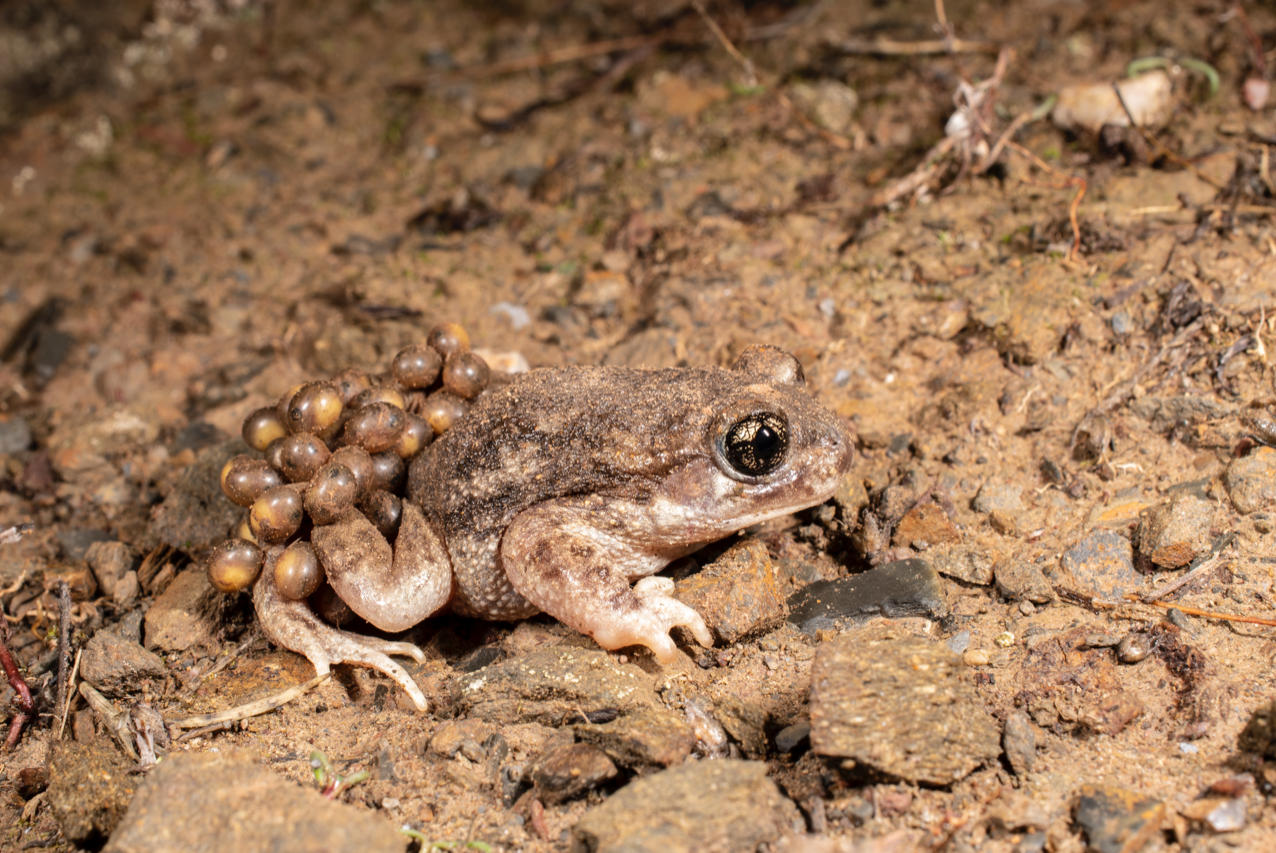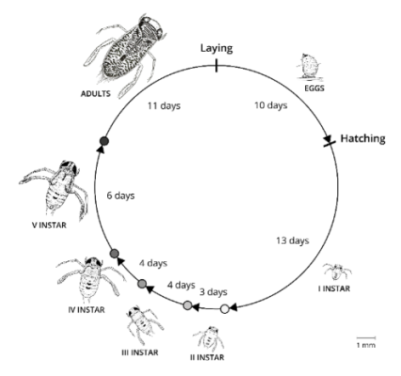- A scientific team led by the Doñana Biological Station analysed the evolution of life cycles and reproductive modes of all the major amphibian clades: frogs, salamanders, and caecilians. The researchers have analysed data for more than 4000 amphibian species
?
- This study concluded that most species reproduce by alternative modes to ancestral aquatic reproduction. The evolution of terrestrial reproduction did not occur sequentially
A scientific team from the Doñana Biological Station (EBD), a research centre of the Spanish National Research Council (CSIC), have found that most amphibian species do not have life cycles with aquatic larvae that metamorphose into terrestrial adults, but show alternative reproductive modes. In addition, the results show that the ancestral reproductive modes have not evolved sequentially to more terrestrial reproductive modes. However, the pattern is more complex. This study has been recently published in the journal Nature Communications.
This is the first study that compares how life cycles and reproductive modes have evolved in amphibians in their three major clades: frogs, salamanders, and caecilians. For this work, the team have compiled the largest data base of reproductive modes to date, which includes data of more than 4000 amphibian species.
Most animals have complex life cycles, with one or more larval stages separated from an adult stage by profound anatomical changes known as metamorphosis. However, several of the major vertebrate groups, such as mammals and birds, do not have larval stages. To understand how this simplification of life cycles evolves and how it affects to species formation and evolutionary rate, the Doñana Biological Station team has studied the evolution of life cycles in amphibians, which have the greatest diversity of life cycles and reproductive modes of all terrestrial vertebrates.
Comparative phylogenetic analysis showed that, after more than 300 million years of evolution, many amphibian species maintain the ancestral reproductive mode. However, contrary to what it might seem, most amphibians have alternative cycles, including terrestrial eggs deposited out of water, or in specialized anatomical structure of the adults (pouches or vocal sacs), or including even viviparity. "Many species have lost the larval stage independently. For example, many toads, salamanders or caecilians hatch from terrestrial eggs without the aquatic tadpole stage," explains Christoph Liedtke, researcher at the Doñana Biological Station. "In some cases, the adult stage has been eliminated while in other species, larvae become sexually mature without metamorphosing into adults."
The evolution from aquatic egg to terrestrial egg has been common to all lineages, but it did not occur sequentially. The team also found that, despite the important ecological consequences of adopting one type of life cycle or another, these changes have had little impact on their evolutionary success in terms of the number of species that have subsequently emerged. "Only in salamanders we observe that the loss of the larval stage seems to have promoted the formation of new species. However, at the same time, it seems to have increased the probability of extinction," says Iván Gómez Mestre, researcher at the Doñana Biological Station.
This study demonstrates that large changes in development and life history can evolve repeatedly and more rapidly than previously thought, and in some cases may be reversible. This opens the door to understanding what genomic regulatory mechanisms underlie these evolutionary findings in the life cycles of complex organisms such as vertebrates.
Reference:
Liedtke, H.C., Wiens, J.J. & Gomez-Mestre, I. The evolution of reproductive modes and life cycles in amphibians. Nat Commun 13, 7039 (2022). https://doi.org/10.1038/s41467-022-34474-4
Doñana Biological Station - CSIC
https://doi.org/10.1038/s41467-022-34474-4


 La mayoría de las ranas no se reproducen mediante huevos y larvas acuáticas
La mayoría de las ranas no se reproducen mediante huevos y larvas acuáticas
